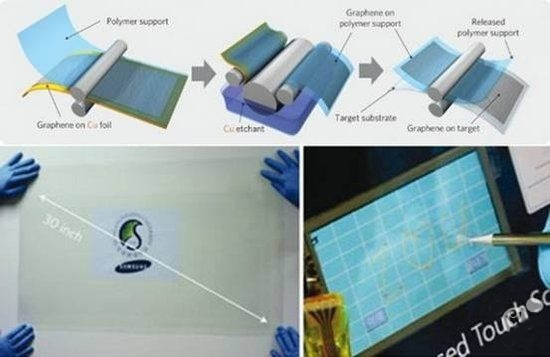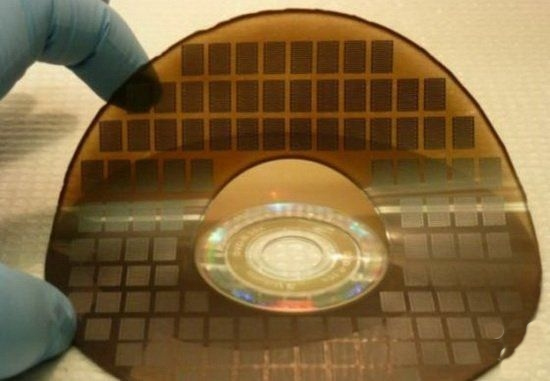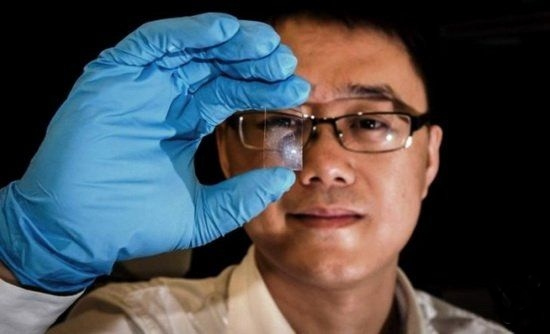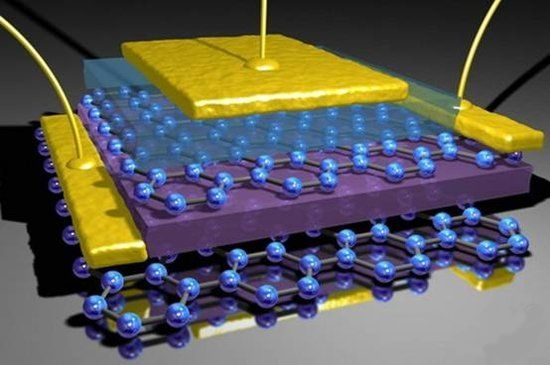 |
Perhaps you are not familiar with the material "graphene", but in fact it will likely change our future digital life. From a physics perspective, it is the world's first two-dimensional material, 10,000 times thinner than human hair, has a flexible, transparent form, and can conduct electricity. In the field of science and technology, Samsung, Nokia and other vendors are committed to the development and application of graphene materials, and are expected to be used in touch screens, batteries, sensors, transistors and other fields. In other words, graphene is a technology that can change the future shape of digital products such as mobile phones, and is mainly reflected in the following five aspects:
1. Soft and indestructible touch screen

Because graphene is flexible, transparent, and electrically conductive, it is more suitable as a screen panel than traditional glass. Including the University of Texas, South Korea and Sungkyunkwan University have entered the field early in the study, and achieved certain success; and technology companies, Samsung has developed a 40-inch graphene touch screen panel, Sony in 2011 Then in 2012 it will be further flexible.
In other words, the development of flexible screens may achieve breakthroughs due to graphene technology. At present, the real commercial flexible screen still cannot achieve arbitrary bending and will not be damaged. It is expected that Samsung will take the lead in this field to make a breakthrough and put forward a flexible graphene touch screen, which is applied in the field of mobile phones and wearable devices.
2. Faster charging of flexible batteries

Similarly, graphene can also be applied in the field of batteries to solve the bottleneck of current battery technology. Imagine a battery that can be bent freely, not only is it safer, but also can be charged within 20 seconds. This is obviously the gospel of a flexible screen mobile phone. This is not an illusion. At present, UCLA has developed a graphene supercapacitor, which is as thick as an A4 sheet, flexible, bendable, and easy to mass-produce. The charging speed is 100 to 1000 for current lithium batteries. Times.
In addition, graphene batteries can also achieve greater capacity. Northwestern University added a silicon electrode to the interlayer between graphenes to achieve a capacity that exceeds the current 10 times. These cases all mean that in the future your mobile phone will not only be light and thin, but the battery power will also reach 15,000 mAh, and it will be full within a few minutes.
3. Better lens sensor

At present, the sensor material of the digital camera is basically CMOS (Complementary Metal Oxide Semiconductor), the size is almost difficult to shrink, so the full-frame SLR is still amazing. But if you use graphene, you can not only make it smaller, but also have higher light sensitivity and less power consumption.
At present, the graphene sensor developed by Singapore Nanyang Polytechnic University has already possessed a light sensitivity equivalent to 1000 times that of CMOS and a 10 times reduction in power consumption. This means that digital cameras may not appear noise in the future and can maintain large Frame size while reducing body size.
Not only scientific research institutions, Nokia has applied for graphene sensor patents as early as 2011, we hope to see this feature in the future of Microsoft Windows Phone.
4. Graphene transistors

Graphene may also be applied to transistors, and the impact on the semiconductor industry will be enormous. In simple terms, it can make the CPU, GPU more power, have better heat dissipation, and better integration, resulting in a wider range of performance improvements.
5. Faster network
Relevant researchers said that since graphene has a very high optical response rate, it can be used as a fiber-optic transmission medium to increase the current Internet speed by 100 times. It is believed that with the continuous deepening of research, graphene will be more applied in the field of telecommunications infrastructure.
to sum up
The potential of graphene is obviously enormous. In addition to the above directions, it can also be used for solar cells, gas sensors, desalination, aerospace and even thinner and stronger condoms. With the deepening of research, many institutions including the Bill Gates Foundation, the National Graphene Research Institute of the University of Manchester, and the Massachusetts Institute of Technology will accelerate their development. We believe that in the coming years we will see its practical application value.
Handmade Apron Kitchen Sink,Kitchen Sink,Stainless Handmade Apron Farmhouse,Handmade Apron Farmhouse Kitchen Sink
Guangdong Huayou Hardware Products Co.,Ltd , https://www.gdhuayouhardware.com
